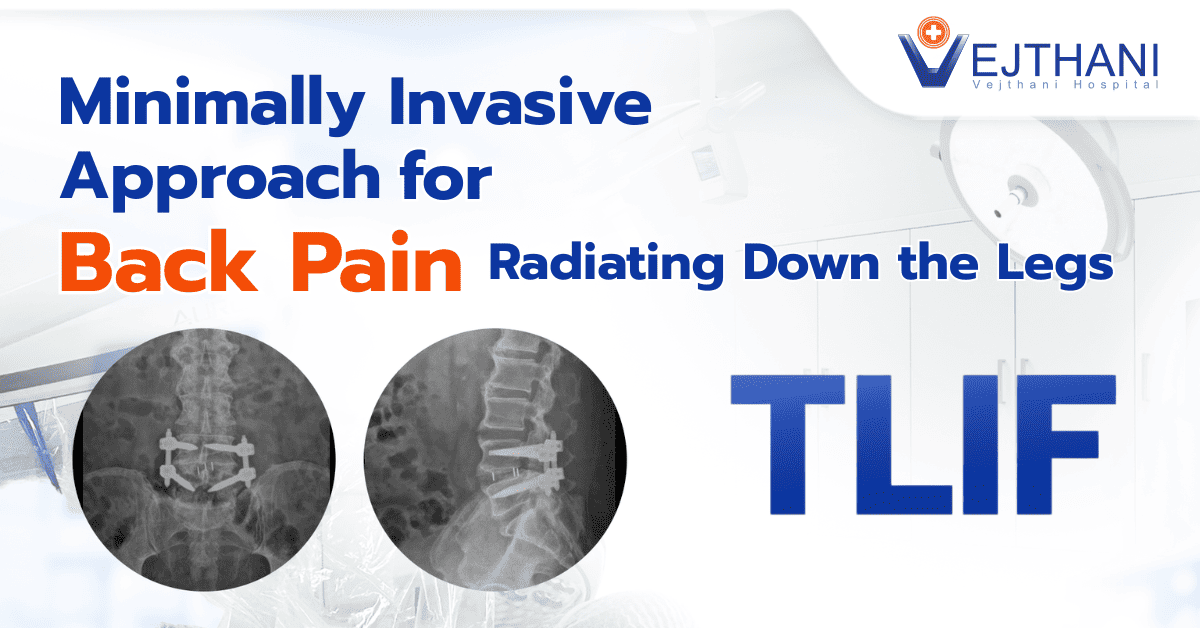
Lung transplant
Overview
A lung transplant is a surgical procedure in which a diseased or failing lung is replaced with a healthy lung, typically from a deceased donor. This option is considered when medications and other treatments have not been effective in improving a person’s condition. Depending on the medical situation, the transplant may involve replacing one or both lungs, and in some cases, it may be done alongside a heart transplant.
Although a lung transplant is a major operation with potential complications, it can significantly enhance a person’s health and quality of life. The decision to undergo the procedure is complex, and it’s important to understand the entire transplant process, from the surgery itself to the associated risks and the follow-up care that will be required.
Lung transplants are generally reserved for individuals with severe lung conditions that do not respond to other treatments. Most donor lungs come from deceased individuals, and receiving a transplant can offer new hope for those facing life-threatening respiratory issues.
Types
There are three primary types of lung transplants:
- Single lung transplant: Involves replacing one diseased or damaged lung with a donated lung.
- Double lung transplant: Involves replacing either diseased or damaged lungs with donated lungs.
- Heart-lung transplant: This involves the removal of your heart and both lungs, which are then replaced with a donated heart and lungs.
Reasons for undergoing the procedure
A lung transplant may be recommended by your healthcare provider if you have a lung condition or injury that hasn’t responded to medications or other treatments. When the lungs are damaged, they can struggle to provide the essential oxygen your body needs to survive. Several diseases and conditions can affect lung function and reduce their effectiveness.
Here are some common causes of lung damage that may require a lung transplant:
- Bronchiectasis
- Chronic obstructive pulmonary disease (COPD), such as emphysema
- COVID-19
- Cystic fibrosis
- Interstitial lung disease (ILD)
- Lung injuries
- Scarring of the lungs (pulmonary fibrosis)
- Pulmonary hypertension or high blood pressure in the lungs
While medications and special breathing devices can often manage lung damage, they may become ineffective over time, especially when lung function becomes life-threatening. In such cases, your healthcare provider might recommend either a single-lung transplant or a double-lung transplant.
Individuals with coronary artery disease may also require a procedure to restore blood flow to a blocked or narrowed artery in the heart, along with a lung transplant. In more severe cases involving both heart and lung conditions, a combined heart-lung transplant may be necessary.
However, a lung transplant may not be suitable for everyone. Factors that could disqualify a person from undergoing a lung transplant include:
- Active infection
- Recent personal medical history of cancer
- Serious conditions like kidney, liver, or heart diseases
- Unwillingness or inability to make necessary lifestyle changes to maintain the health of the donor lung, such as abstaining from alcohol or smoking
- Lack of a supportive network of family and friends
Each case is evaluated individually by a transplant center to determine candidacy for a lung transplant.
Risk
Lung transplants carry significant risks, some of which can be severe or even life-threatening. These risks include:
- Infection: Immunosuppressive medications are prescribed to prevent the immune system from attacking the newly transplanted lung. However, a weakened immune system makes it more difficult to fight off infections. Serious infections such as bloodstream, fungal, skin, and respiratory infections become more likely while taking these medications.
- Surgical risks: As with any surgery, lung transplants come with inherent risks. These can include complications related to anesthesia, bleeding, blood clots, scarring, infections, and, in severe cases, death.
- Transplant rejection: The immune system plays a critical role in defending the body against foreign substances. Even with careful donor matching, the immune system may attempt to reject the new lung or lungs. The risk of rejection is highest shortly after the transplant and can typically be managed with medications and treatments. Acute rejection, which occurs most frequently within the first 12 months, can often be reversed with additional immunosuppressive medications. However, chronic rejection, which may occur more than three years post-transplant, is harder to treat and can lead to severe consequences, including death or the need for another transplant.
Immunosuppressive medications will be required as part of the post-transplant treatment regimen. These medications reduce the activity of the immune system to prevent rejection of the donor lung. Anti-rejection drugs must be taken for life.
Certain anti-rejection medications may increase the risk of developing new health conditions or worsening existing ones, including:
- Cancer
- Diabetes
- Fever
- High blood pressure
- Kidney damage
- Osteoporosis.
Before the procedure
Before a lung transplant, a comprehensive pre-transplant screening is required to determine if this procedure is the best treatment option. This screening is conducted by a transplant coordinator, who collects detailed medical information about the patient’s condition. The information gathered includes:
Medical Information collected:
- Overall physical health
- Family health history
- Prescribed medications (especially blood thinners)
- Recent imaging: computed tomography (CT) scans and chest X-rays
- Blood tests
- Tissue typing (to ensure compatibility with a potential lung donor’s tissues)
- Pulmonary function tests
- Ventilation-perfusion scan (measures blood flow and air distribution in the lungs)
- Heart tests:
- Electrocardiogram (ECG)
- Echocardiogram
- Cardiac catheterization
- Sigmoidoscopy or colonoscopy
- Bone density test (dual-energy X-ray absorptiometry, also known as DEXA scan)
Gender-specific exams:
- For women and individuals assigned female at birth (AFAB): Papanicolaou (Pap) smear and mammogram
- For men and individuals assigned male at birth (AMAB): Prostate exam
Evaluation process:
Once the screening is complete, the transplant coordinator and the lung transplant team will evaluate the results to determine if a lung transplant is the appropriate treatment option.
National transplant waiting list:
If deemed a suitable candidate, the patient will be placed on the national lung transplant waiting list. Matching with a donor depends on:
- Blood type compatibility
- Lung size similarity
The waiting period for a transplant can vary from months to years, depending on the availability of suitable donors. While some patients may face extended waits or potential complications, those without issues such as reactive antibodies and those in critical condition may receive a transplant within a few months.Once on the lung transplant list, your healthcare team will help you develop a personalized plan that includes:
- Lifestyle changes: Stop alcohol consumption, especially if you previously drank two or more drinks per day. Maintain a stable weight or lose weight if necessary.
- Medications: Take prescribed medicines as directed. Inform your transplant coordinator about any new antibiotics, changes in steroid dosages, or over-the-counter medications, including herbal supplements that may increase bleeding risks.
- Exercise: A physical therapist will create an exercise plan to keep you in top condition, and a respiratory therapist will design a breathing exercise routine to support lung health.
- Regular appointments: You’ll meet with your transplant team every 2-3 months to assess your health.
- Preparation: Be ready for a donor lung by arranging transportation to the hospital and packing an emergency bag with essentials like comfortable clothes, toiletries, and reading materials.
During the procedure
Lung transplant procedure overview:
- Preoperative preparation
- IV line & anesthesia: An intravenous (IV) line is inserted into a vein in your arm or hand to administer anesthesia, ensuring you’re asleep and pain-free throughout the procedure.
- Monitoring: Your heart and blood pressure will be monitored using an electrocardiogram (EKG).
- Positioning:
- For a single lung transplant, you may be positioned on your side or back.
- For a double lung or heart-lung transplant, you’ll lie on your back.
- During the procedure
- Mechanical ventilation: Once you’re asleep, a mechanical ventilator will be connected to breathe for you.
- Urinary catheter: A catheter will be inserted into your bladder to collect urine.
- ECMO support: Some procedures require a heart-lung machine called ECMO (extracorporeal membrane oxygenation) to support blood flow, oxygenate your blood, and remove carbon dioxide.
- Skin preparation: The surgical area may be shaved and sanitized with antiseptic to kill any bacteria.
- Incision and lung removal
- Single lung transplant:
- An incision is made on the side of your chest where the damaged lung is located.
- In some cases, the incision may go through the breastbone (sternotomy), similar to heart surgery.
- Single lung transplant:
-
- Double lung transplant:
- A horizontal incision is made across your chest, just below the breast tissue.
- Alternatively, a sternotomy may be performed.
- Lung replacement
-
- Your healthcare provider will remove the diseased lung and replace it with the donor lung.
- Blood vessels and airways will be connected using surgical needles and thread to ensure proper blood flow and oxygenation.
-
- Double lung transplant:
- Post-transplant care
- Blood flow and airway check: After ensuring that blood flows through the new lung and air passes through the airways, silicone drainage tubes will be placed to remove excess blood, fluid, and air, and help the lungs expand fully.
- Machine disconnection: Any machines used during the surgery will be disconnected, although the mechanical ventilator and catheter will remain in place temporarily.
- Closing incisions: The incision will be stitched (sutured) and covered with bandages.
- Procedure duration
- A single lung transplant typically takes 4 to 8 hours.
- A double lung transplant may take 6 to 12 hours.
After the procedure
After lung transplant surgery, you will spend several days in the ICU, supported by a mechanical ventilator to assist with breathing and chest tubes to drain fluids from around your lungs and heart. Potent medications will be administered through a venous tube to control pain and prevent rejection of the new lung. As your health improves, the ventilator will be removed, and you’ll move out of the ICU. Recovery in the hospital typically lasts one to three weeks, depending on your condition. Physical and respiratory therapy will be part of your rehabilitation process to regain strength before being discharged. After leaving the hospital, you will need to stay near the transplant center for about three months for frequent follow-up appointments to monitor your lung function and detect any complications.
Post-transplant follow-up visits may include laboratory tests, chest X-rays, lung function tests, ECGs, lung biopsies, and specialist check-ups. A lung biopsy, often done during a bronchoscopy, allows your healthcare provider to examine lung tissue for signs of infection or rejection. The transplant team will monitor for infections and offer medications, such as antivirals, antifungals, or antibiotics, as needed. It’s important to follow their advice on infection prevention at home and to report any symptoms of rejection immediately. Your healthcare team will closely monitor you during this period, ensuring your recovery progresses smoothly.
Outcome
A lung transplant can significantly improve your quality of life. Below are some of the key benefits:
Benefits of a lung transplant:
- Increased lifespan: About 55% of lung transplant recipients survive for at least five years post-transplant, with some living up to 10 or even 20 years.
- Improved energy levels: Many recipients experience higher energy levels, enabling them to engage in daily activities and exercise more effectively.
- Increased fertility: After a lung transplant, it is generally safe for women to conceive. Many report improved fertility post-transplant, but it’s essential to discuss the risks with your healthcare provider before planning a pregnancy.
Long-term adjustments post-transplant:
- Immunosuppressants: You will need to take immunosuppressant medications for life to prevent rejection of the donor lung(s).
- Medication management and lifelong care plan: Your healthcare provider will provide specific instructions to follow post-transplant. Taking all medications as prescribed and monitoring your lung function are crucial. Ensure you attend all follow-up appointments to maintain your health and well-being. Establish a daily routine to avoid missing any medication. Keep an updated list of all prescriptions, and always inform healthcare providers of any medications you are taking.
Maintaining a healthy lifestyle:
- Healthy living: Maintaining a healthy lifestyle is vital for the longevity of your new lung. Your healthcare provider may recommend avoiding tobacco, moderating alcohol consumption, and adhering to a balanced diet.
- Exercise: Physical activity is essential for recovery. You and your healthcare team will design a personalized fitness plan, which may include pulmonary rehabilitation to improve lung function and overall daily performance.
Emotional support:
Adjusting to new medical therapies and the emotional impact of a lung transplant can be overwhelming. It is normal to experience these feelings. If you feel stressed or overwhelmed, consult your healthcare provider. Transplant centers often offer support groups and other resources to assist you.
Follow-up care and monitoring:
- Regular appointments: Scheduled follow-up appointments are vital for monitoring your progress and the health of your transplanted lung. These may involve multiple visits per week during the first six months after surgery.
- Immediate concerns: If you notice any symptoms of illness, discomfort, or changes at the transplant site, contact your healthcare provider immediately.
Medication and new treatments:
Before starting any new medications, including over-the-counter drugs or herbal supplements, always consult your healthcare provider to ensure they do not interfere with your current treatment plan.
Contact Information
service@vejthani.com






















